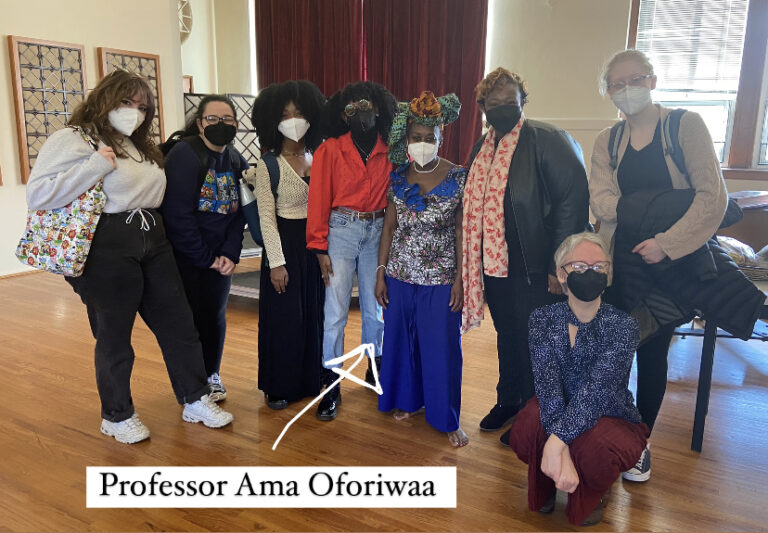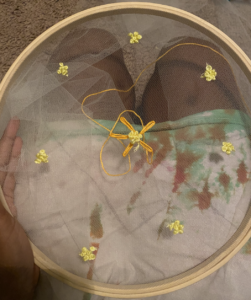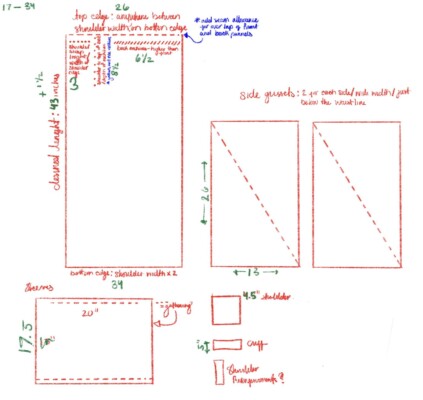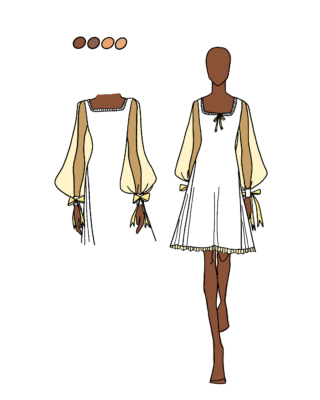02. Processes, Models, & Interviews
Doing art in an academic environment or in a group setting, is a new experience for me. Despite having numerous artistic hobbies that I’ve learned from the internet or trial and error, I’ve only taken about three art classes in my life (one in elementary and two in college). So the first group critique I experienced for this class, ART-460, was really shocking for me. Sure, I’ve received critiques before from professors and peers in my other classes, but that’s different. The purpose of critiquing an essay or a presentation is to fix the errors and get as close to perfect as possible. But there’s no perfect in art, at least when it come to creating a concept and executing it. Art is subjective. So the purpose of a critique, when it comes to art at least, changes from getting “A” to point “B” as efficiently as possible, to wading in the water and discovering all the different way “A” could possibly become “B”, “C”, “Q” and a plethora of other letters. Art is about the process, not the outcome; at least, that’s the realization I slowly came to after my first art critique.
So, instead of rigidly sticking to my first designs and rushing to get them done as quickly as I possibly can, I should leave room for experimentation and embrace the “what-ifs”.
February 7, 2022, Monday [4:40 - 5:30 pm]
While some forms of art are more accessible than others due to a low entry barrier (i.e. cheap materials, little to no equipment needed, etc), sewing isn’t one of them. Beyond already owning a sewing machine, I still have to consider the cost of fabric, thread, needles, ribbons, etc, and my work study pay check can only cover so much. So, it’s important I start searching for scholarship and grants, not only for this project but future sewing endeavors I might also have.
During this search, I found about three scholarships/grants that I qualified for. Of the three, I’ve applied for one (I didn’t get it) and am in the process of applying for the other two: CBC Spouses Visual Arts Scholarship and Stephen Feinberg Multi-Year Scholarship Program
February 10, 2022, Thursday [10:00 - 11:15 am] + meandering thoughts

Outside of my normal courses this seamster, I also had the opportunity to be a Schmidt Scholar – a upperclass student leader who accompanies first years on their Journeys trips as well as act as a liaison between the students, faculty leader, and co-faculty leader throughout the duration of the class and trip. I was the Schmidt Scholar for the US Sea Islands Global Journeys with a focus on the Gullah Geechee, their culture, and the effect climate change and land real estate developers have had on their way of life. On February 10th, my class and a few other Journeys’ courses got to meet Professor Ama Oforiwaa Aduonum – a music professor and ethnomusicologist who wrote a one woman play based of of her time spent experiences and researching the former dungeons of enslaved Africans in Ghana and Senegal.
When I first saw her, she was dressed in a bold blue pants set and floral patterned blouse accented with vibrant oranges and greens – I was astonished. Her outfit immediately captured my attention and it caused me to the question the pastel palette I was considering for my collection. In an attempt to embrace the process, I started to consider implementing African textiles and patterns into my collection.
February 12, 2022, Saturday [6:42 - 8:08 pm]
Trying my best to be open to the process and not just “finish” creating my designs as quickly as possible, I decided to make a practice dress that allowed me to experience with tulle and ribbon closures – fabric and techniques I hadn’t tried before. Before sewing the dress or even cutting the pieces, I first needed to sketch up a pattern (the image above on the left).
When creating this pattern, and eventually making the dress, I referenced two of Mariah Pattie’s videos: Formulas to Draft a Shift Pattern from Your Own Measurements and Hand-stitching an 18th Century Shift. Mariah Pattie is an YouTuber who creates content focused on history bounding and sewing. In these videos Mariah used hand sewing versus a sewing machine which is what I used.
February 16, 2022, Wednesday [8:15 - 11:31 pm]
Since I planned to use tulle for this dress, I was curious about what embroidy might look like on the slevees as another design element. I had only tried embroidy once before and that was on cotton – a much sturdier material than tulle – and it was a good attempt. But based on the reseach and videos I looked at prior to my attmept, embordering on tulle woul dbe difficult due to its lack of tension and fragility – something I learned first hand. For hours I tried embordering dasies using French Knots and running stitches only to repeatedly tear holes and not even like the design once I finished. While I didn’t like it this time, I might try it again and use backing this time to help prevent tearing.

February 18, 2022, Saturday [8:00 pm - 12:10 am]/February 19, 2022, Sunday [4:54 - 11:55 pm]/February 20, 2022, Monday [10:30 - 11:22 am]
Included below is a video showing a montage of my process to create one of my collection designs for practice.
@percivalhasapen This dress makes me feel so free and delicate. Excited to make more! #AerieREAL #dressmaking #sewingtiktok #fyp #foryou #sewing #diy #upcycling #cottagecore ♬ Pretty Places - Aly & AJ
Critique Summery
February 28, 2022, Monday [12:03 - 1:49 am]
To the right is the email I sent to my models outlining my expectations of them and myself for the duration of this collection. This email served three purposes for me: informing the persecutive models of my expectations, gaining their consent and confirmation to be my models, and to practice my professionalism.
March 2, 2022, Wednesday [4:30 - 6:00 pm]
Using my anthropological background, as a sociology/anthropology major, I decided I wanted to conduct interviews with my models about the topic the collection is based on. Here’s a transcript of the first interview I collected with one of my models. I’m thinking of creating a survey, like this interview, and gaining further perspective from more black women and feminine presenting people through their responses.
March 3, 2022, Thursday [4:00 - 4:30 pm]
One of the three models I was scouting had to back out due to conflicting schedules which left me with two. After conferring with my friends, I decided it would be okay to sub myself in as the third model. Today I met with my second model to gather her measurements but was unable to conduct an interview due to a lack of time; we did reschedule the interview though.
I was also able to assign colors and outfits. So I now have a semi finial lineup.

